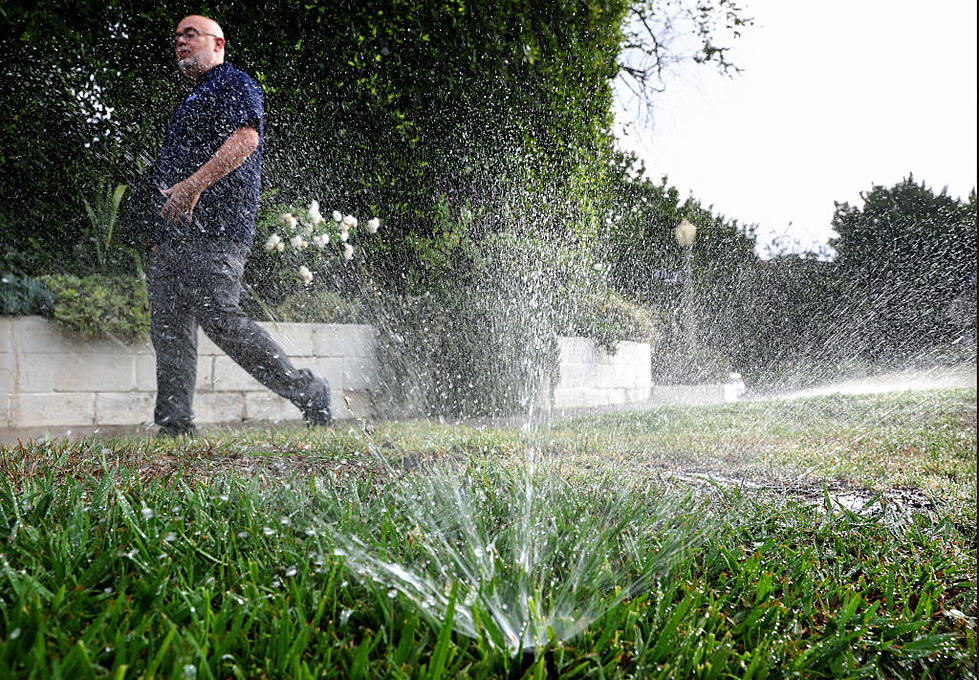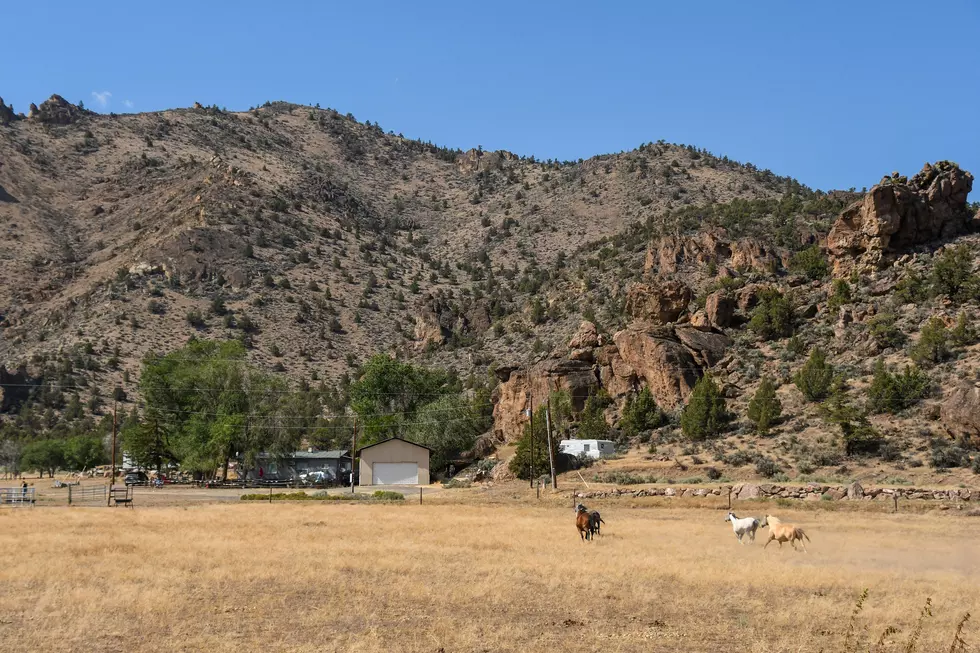
CSRIA Lays Out Financial Case For Snake River Dams
Because of the Columbia-Snake River EAS litigation, the study looking at the economic impact of removing the four lower Snake River dams, local irrigators have responded. Columbia-Snake River Irrigators Association has developed a Risk Mitigation Response Alternative to protect assets from adverse economic impacts caused by dam breaching and project pool draw downs. CSRIA said the Irrigation Sector assets are real, and dam breaching or pool draw down actions would critically impair pump station capabilities, agricultural production, and on-site processing operations. All of these direct economic impacts would have to be addressed under a responsible and market-based mitigation strategy.
The Association says if breached, the Ice Harbor/Upper McNary Pool Irrigation Sector impacts would hurt over 90-thousand acres, to a tune of between $446 and $622 million. CSRIA continued the combined BPA and state of Washington annual debt service would be about $24-$37 Million; for Ice Harbor/Upper McNary Pool, and those figures do not include the John Day Pool impacts.
- The Columbia River System Operation agencies’ EIS is required to identify appropriate mitigation measures, taking into account associated risks and liability. Per Washington Governor Jay Inslee’s direction and legislative funding, the state study addressing dam breaching impacts should fully consider all Irrigation Sector impacts and viable mitigation strategies.
- Mitigation measures incorporate direct net value changes to water distribution and land assets, predicated on observable, market-based determinations for willingness-to pay.
- The direct economic impacts must be defined based on market asset values for the irrigated land impacts. The dam breaching-pool drawdown actions would create a “distressed asset value” that must be the foundation for EIS/State study impacts and mitigation compensation.
- The primary Irrigation Sector impacts can be measured through recent asset-based market transactions and the market perception toward risks associated with “distressed asset values.” The asset market reflects the private, corporate, and institutional entities that have made recent market purchases, and those who have an ability to expand farming asset operations.
- The risk mitigation response alternative includes obligations by the Irrigation Sector and a capital repayment structure that equitably assigns mitigation costs. The Bonneville Power Administration (BPA) and Washington State will be responsible for up-front mitigation payments. Using long-term debt instruments.
- Receiving the Risk Mitigation compensation, the Irrigation Sector will be responsible for impacts.
The CSRIA is prepared to discuss the Risk Mitigation Response Alternative with the Columbia River System Operations agency leadership, and Governor Inslee’s Office.
If you have a story idea for the Washington Ag Network, call (509) 547-1618, or e-mail gvaagen@cherrycreekradio.com
More From PNW Ag Network









